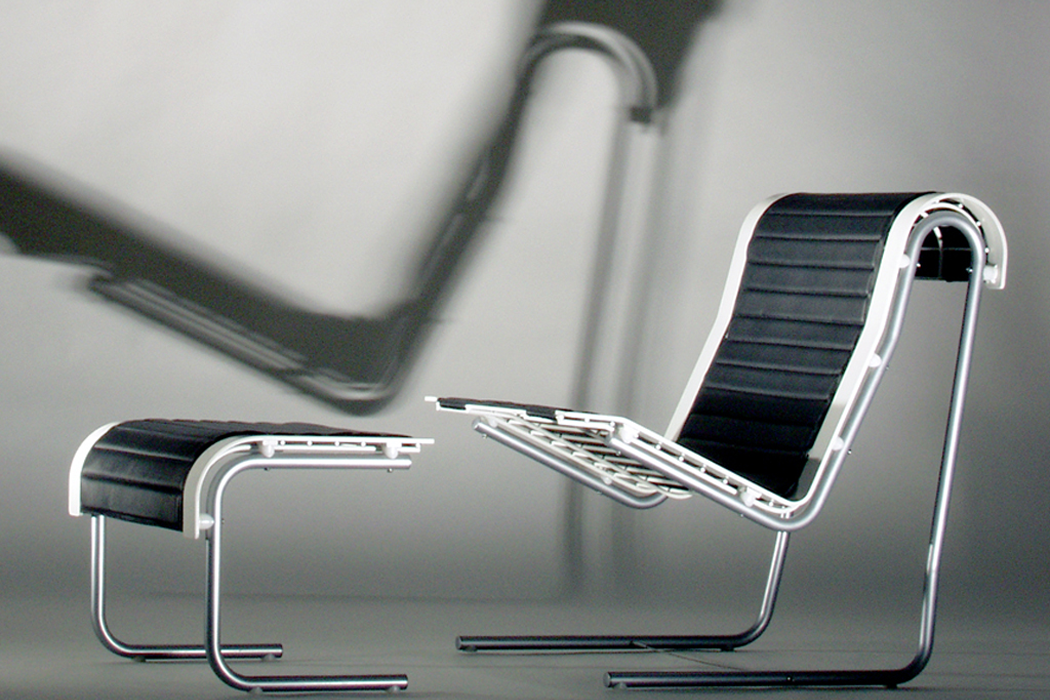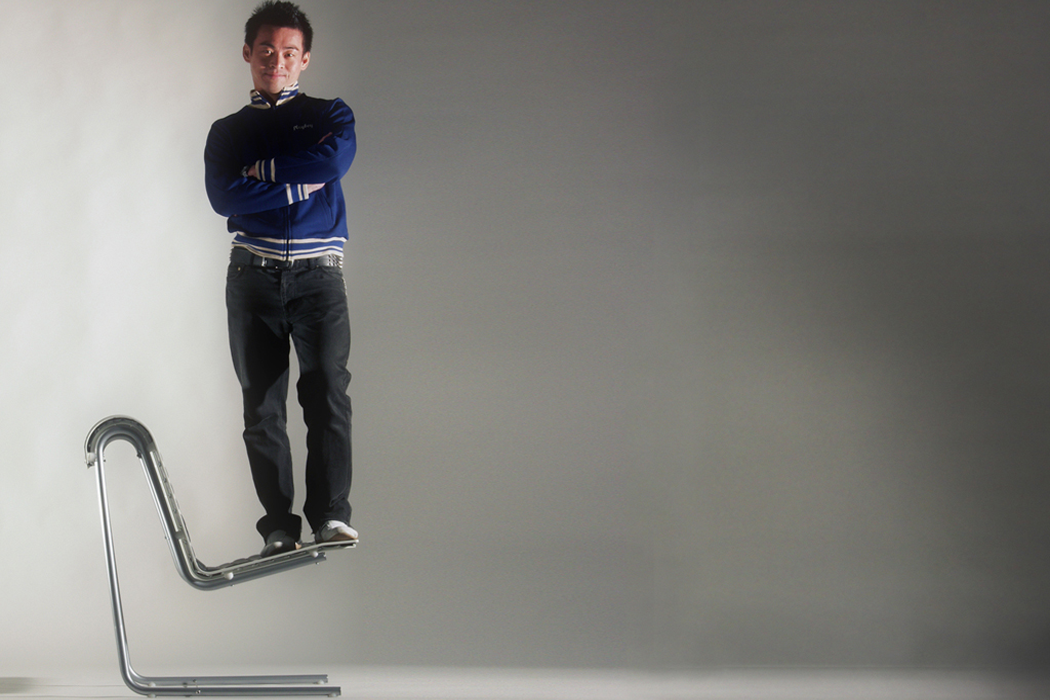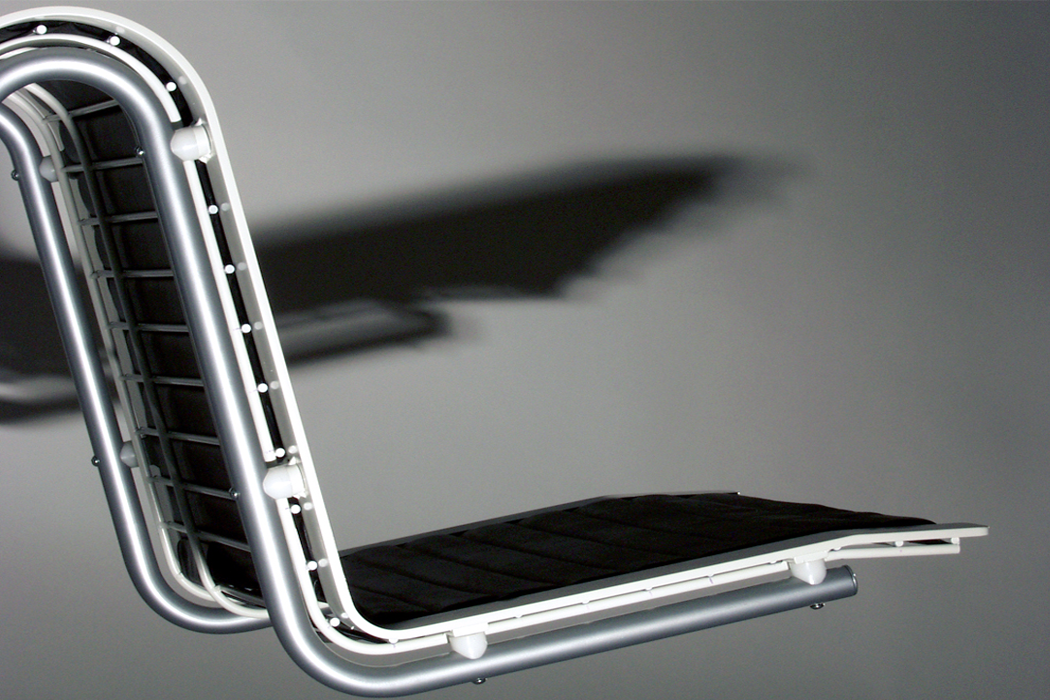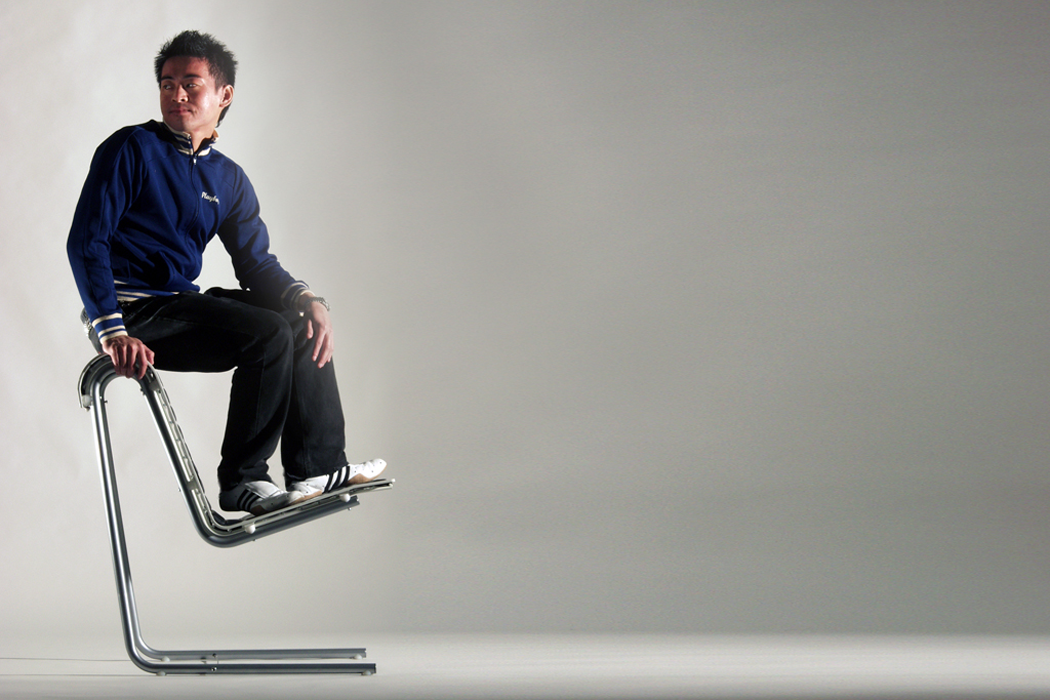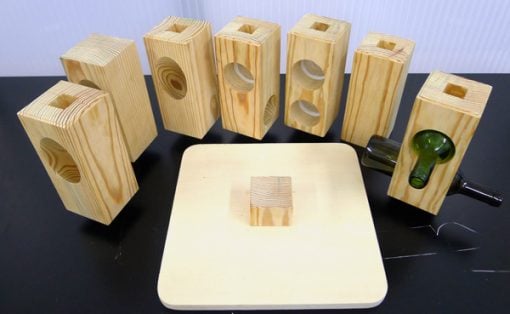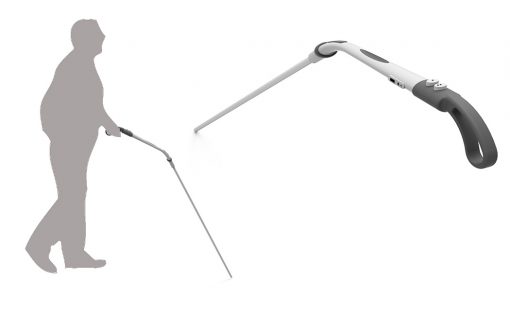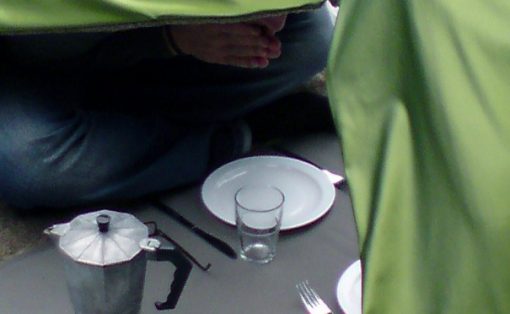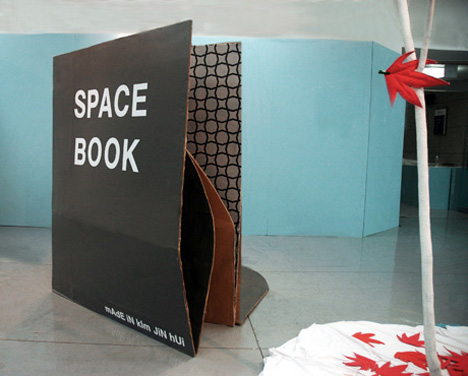![]()
Innovative chair designs might feel hard to come by, but when one does come along, it’s not so much a thought, but a feeling that there’s something special about it. Whether it’s in the design, construction, or marketing processes, chairs can tell a story and inform us of a designer’s willingness to revolutionize preexisting modes of design, like Marcel Breuer’s Wassily Chair, break the mold during periods of construction, as is the case with the Panton chair, or publicly broadcast a design’s potential for overnight success, like Charles and Ray Eames’ Eames Lounge Chair. Pulling inspiration from the last design mentioned above, Danny Cheung brought to life his own vision of the elusive ‘great chair design’ with the Clipspringer Lounge Chair.
Similar to the Eames Office Chair, Clipspringer is constructed using spring steel, which, much like great chair designs, is a durable, long-lasting building material all thanks to its molding process. Spring steel is the product of a low alloy, medium carbon steel that is heat-tempered to bend and harden the steel into the designer’s desired figure. By partly using spring steel to create the structure of Clipspringer, the chair’s overall elastic modulus is benefitted to maintain an object’s stress on the chair’s cushion and backrest without it concaving inwards – this is what allows Danny Cheung to stand on the edge of his cantilevered chair frame without the chair losing grip on the floor beneath it. A metal frame sits just above the bent spring steel and absorbs much of the tensile stress applied to the Clipspringer chair so that you can comfortably position yourself and lean all the way back without fear that the chair’s cantilevered structure will collapse under compression.
Aesthetically speaking, Clipspringer is certainly reminiscent of great, influential chair designs of yesterday like Wassily’s iconic black cushion and sterling steel combination or Eames Lounge Chair’s reclined backrest and accompanying footrest. However, the cantilevered chair design’s experimental and methodical design process is akin to that of the Panton Chair. The Panton Chair found its audience and overnight success in Basle, Switzerland thanks to Verner Panton’s steadfast commitment to designing and molding a chair out of material that still belongs distinctly to the 60s: plastic. Through consistent experimentation and efficient changes during construction, Verner Panton created an unprecedented lounge chair that still turns heads several years later. Danny Cheung took to planning his own interpretation of the designer’s ever-changing vision for the ideal lounge chair and certainly rose to the occasion.
Designer: Danny Cheung
